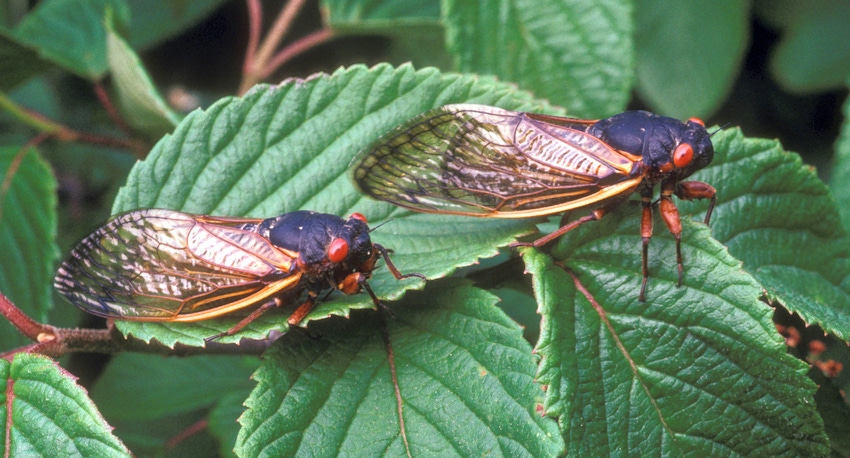
For lack of a better term, let’s call it “a nuanced pivot” like the one entomologist Goggy Davidowitz was forced to make when COVID-19 shut down his laboratory.
Until the virus arrived and locked his doors, Davidowitz and his University of Arizona students were happily going about the business of growing bugs for breakfast.
His philosophy? “As we enter an era where food production can’t keep up with human procreation, keeping these new humans fed will require new ways of thinking about what we eat.”
While he tended his flocks of meal worms, desert stink bugs, fig beetles, and Manduca caterpillars, he noted that over 2 billion people already consume insects as part of their diet -- crickets, locusts, cicadas, beetles, flies, and caterpillars are already on some menus in more than 175 countries that have had to overcome the “yuck” factor.
“Eating insects is actually a common idea throughout the history of mankind,” reports the Smithsonian Institution. “It’s a new concept in the United States except when you look at honey which is actually regurgitated by insects in its production. And during harvesting, it’s impossible to absolutely eliminate all forms of insects mingled in with the crop.”
The new sushi?
To which Davidowitz adds: “If you think about it, a couple of decades ago, the mere idea of eating raw fish was disgusting to consumers in America, but look at the number of sushi restaurants there are today.
“Better get used to the idea as eating insects will become a part of our future,” he predicts. “It won’t make a big difference how we feel about it in 20 or 30 years because we won’t have a choice.”
So his intent was to grow them and freeze them to later be ground up and combined with other ingredients or perhaps cooked like shrimp, roasted, or toasted. Picture crunchy crickets becoming the potato chips of the insect world. “They’re a low-cost, accessible resource,” the entomophagist says.
And then that research path disappeared with the arrival of an invisible virus and the shutting down of his laboratory. So he blazed another trail, that of using food waste to feed those insects that will become part of our food of the future.
“In the world, some 30% of the food that is produced ends up in the landfill,” he says. “In the U.S., those numbers are even higher, closer to 40% or about $1.6 billion in value. Instead of throwing that waste into the landfill, let’s use it to feed the insects that will feed the people.”
So while other, larger corporate entities continue to pursue the growing of insects as comestibles, like some companies already growing a hundred million meal worms a day, Davidowitz pivoted to an ancillary technology to help facilitate that market segment. “I don’t want to just grow truckloads of insects daily. I’m a professor. I like to solve problems and this new focus will help us prepare for the next global food crisis and a demand for developing alternative protein sources while productively using food waste.
Food waste as feed
“Insects feed on everything,” he says. “That’s one of the advantages of insects is they feed on what other animals won’t. Right now companies are feeding them optimal diets like waste from brewer grains or bakery dough byproducts high in protein. But most waste streams are a lot more variable and what we’re doing is developing that highly variable resource into a consistent quality insect food.”
But food waste is a rapidly deteriorating product. “I use what is called the physiological first principle of how insects eat and that is a food product that is highly variable, inconsistent, and unreliable that needs to be turned into something with consistent quality. You need to process the food before it goes bad --- hence the arrival of a solar drying tower to process large quantities of waste and recapture its water at the same time. “We can process the food waste, dry it, store it, and use it when we need to.”
He calls the prototype unit the HexaDryer because it can quickly and scalably process food waste with minimal energy input, producing an end product that can be used as feed for plants, insects, chickens, fish, or livestock, or for soil augmentation as a fertilizer. “It’s a better product at a lower cost,” he says.
About the Author(s)
You May Also Like




